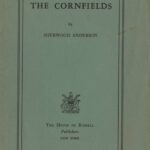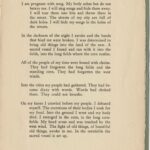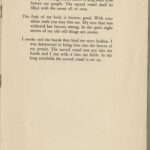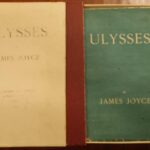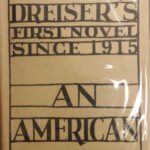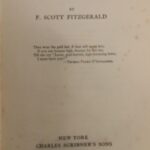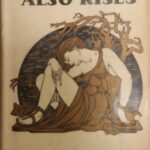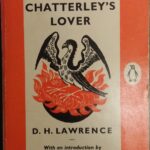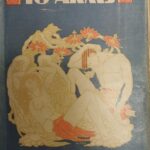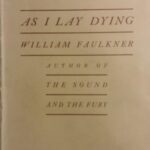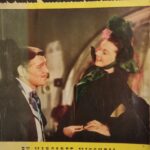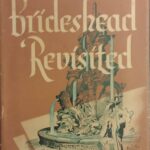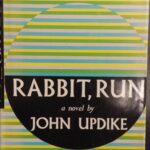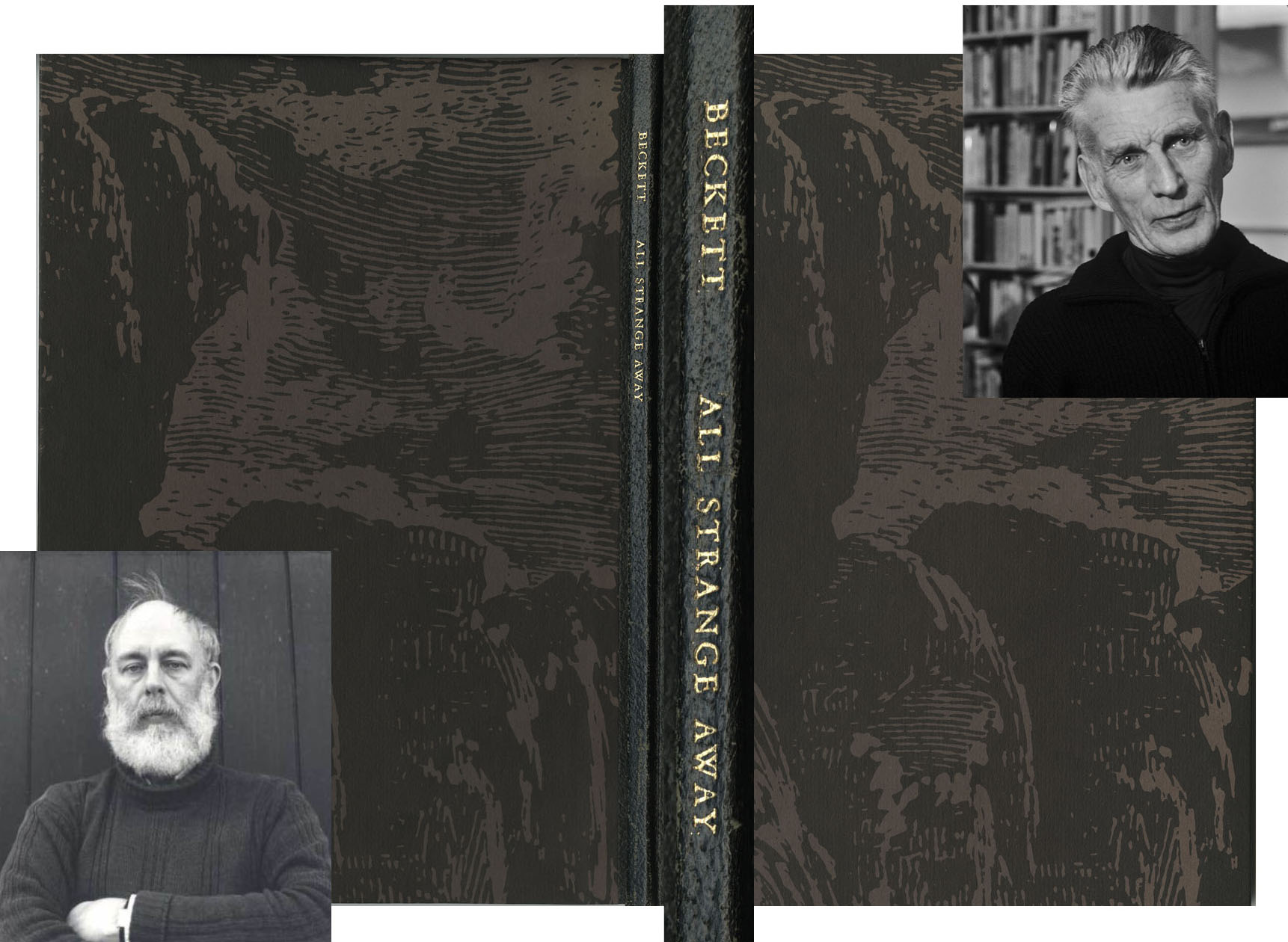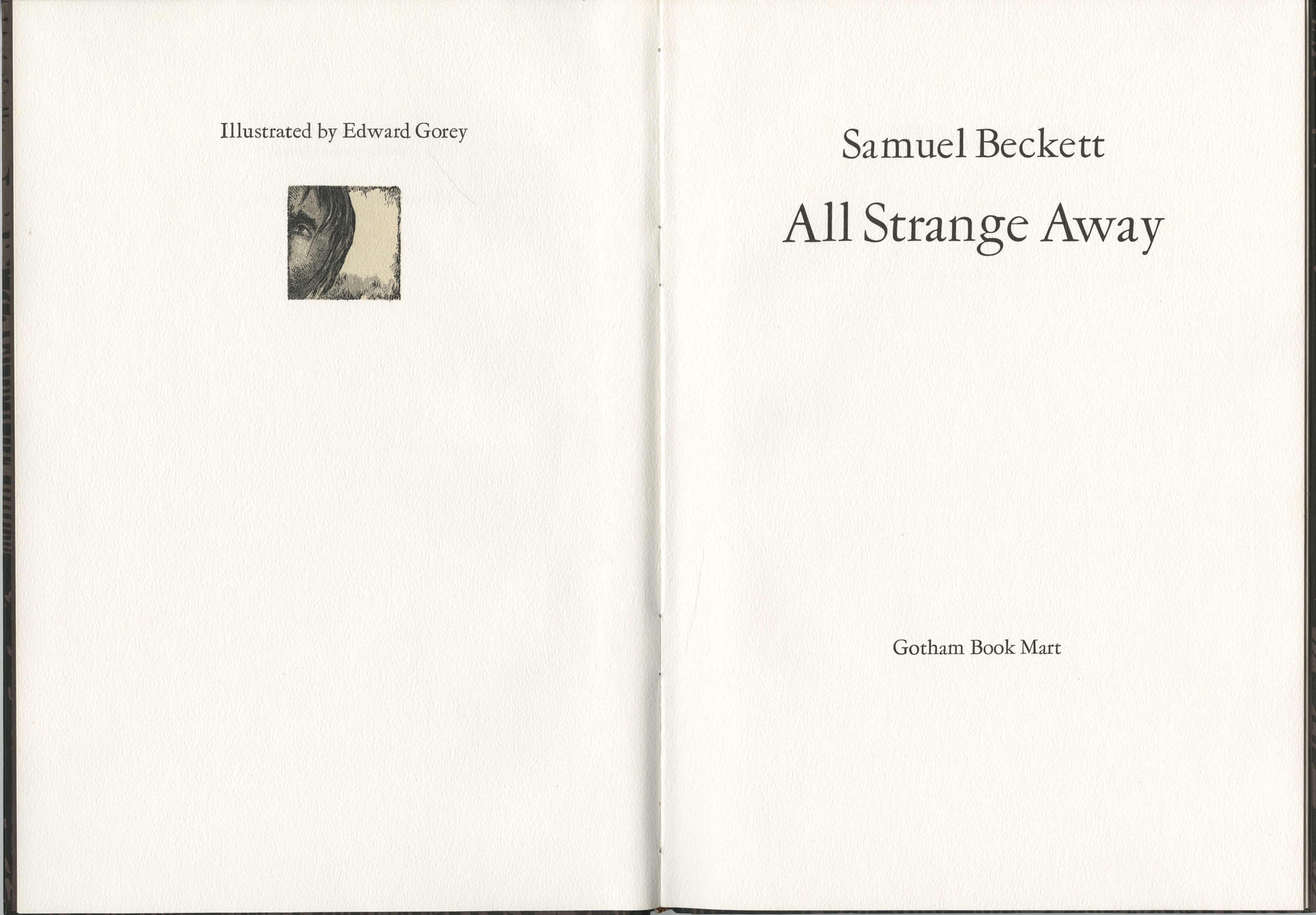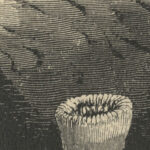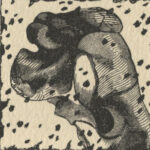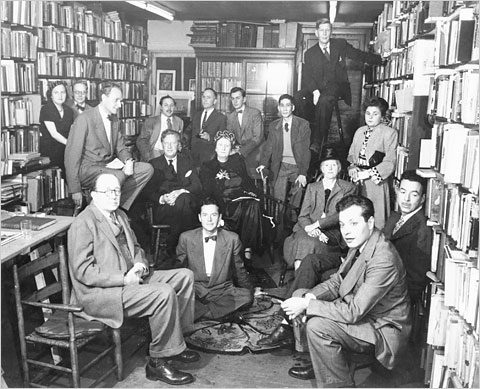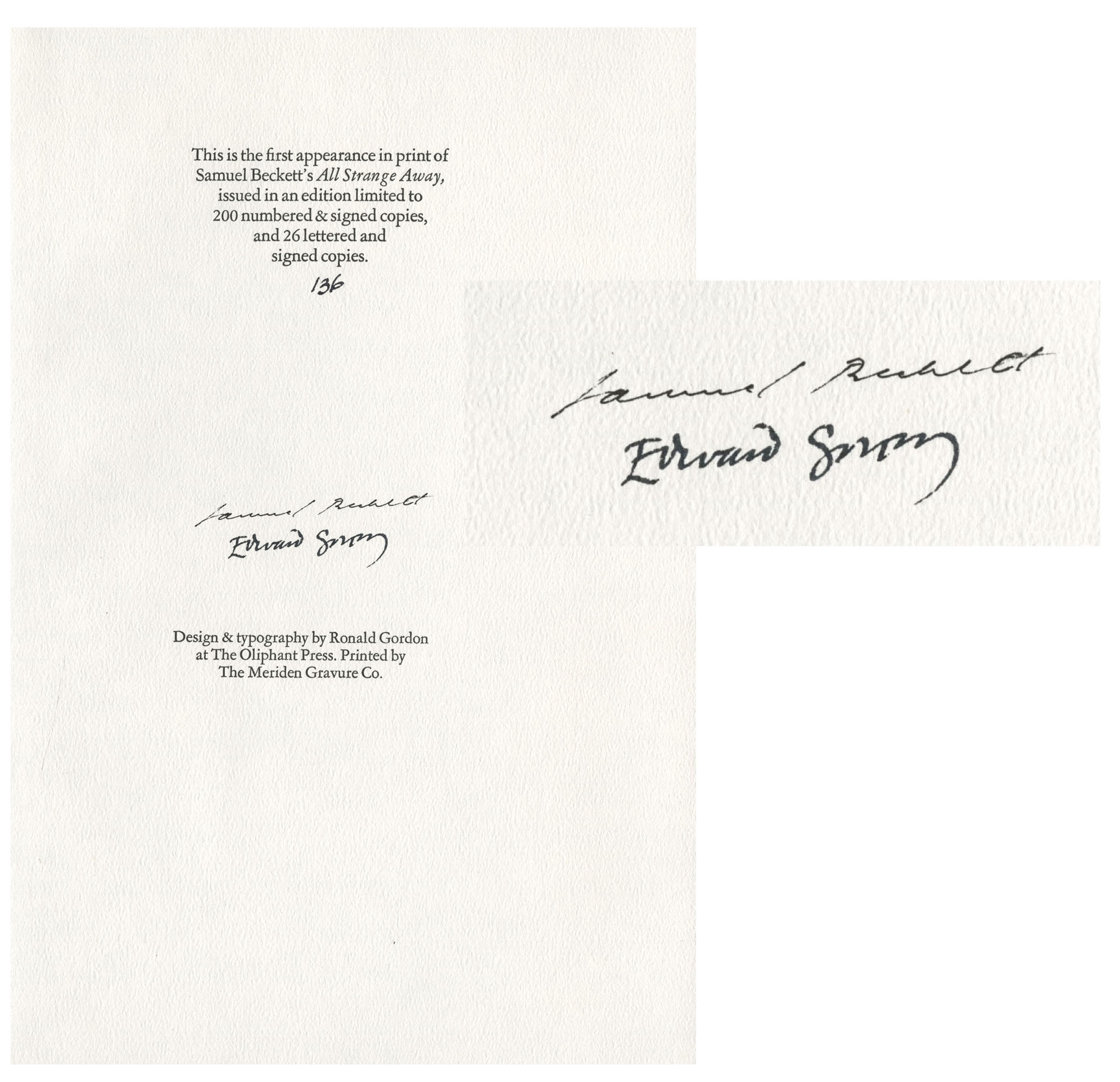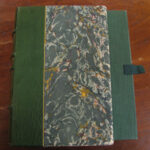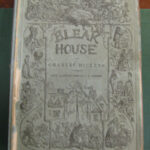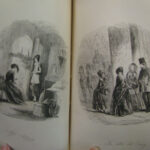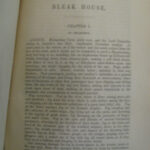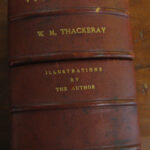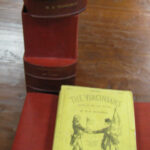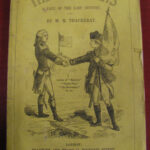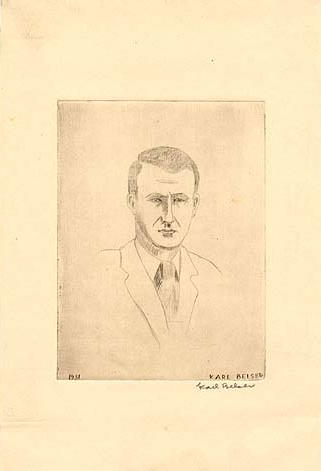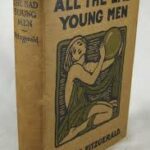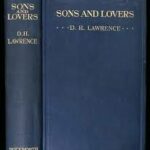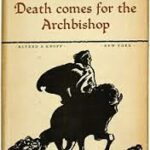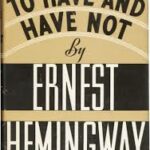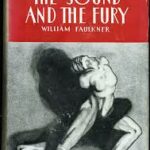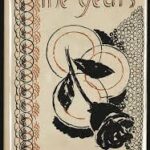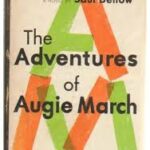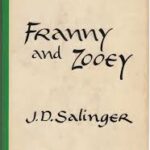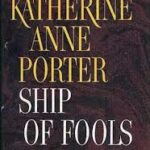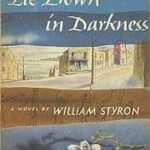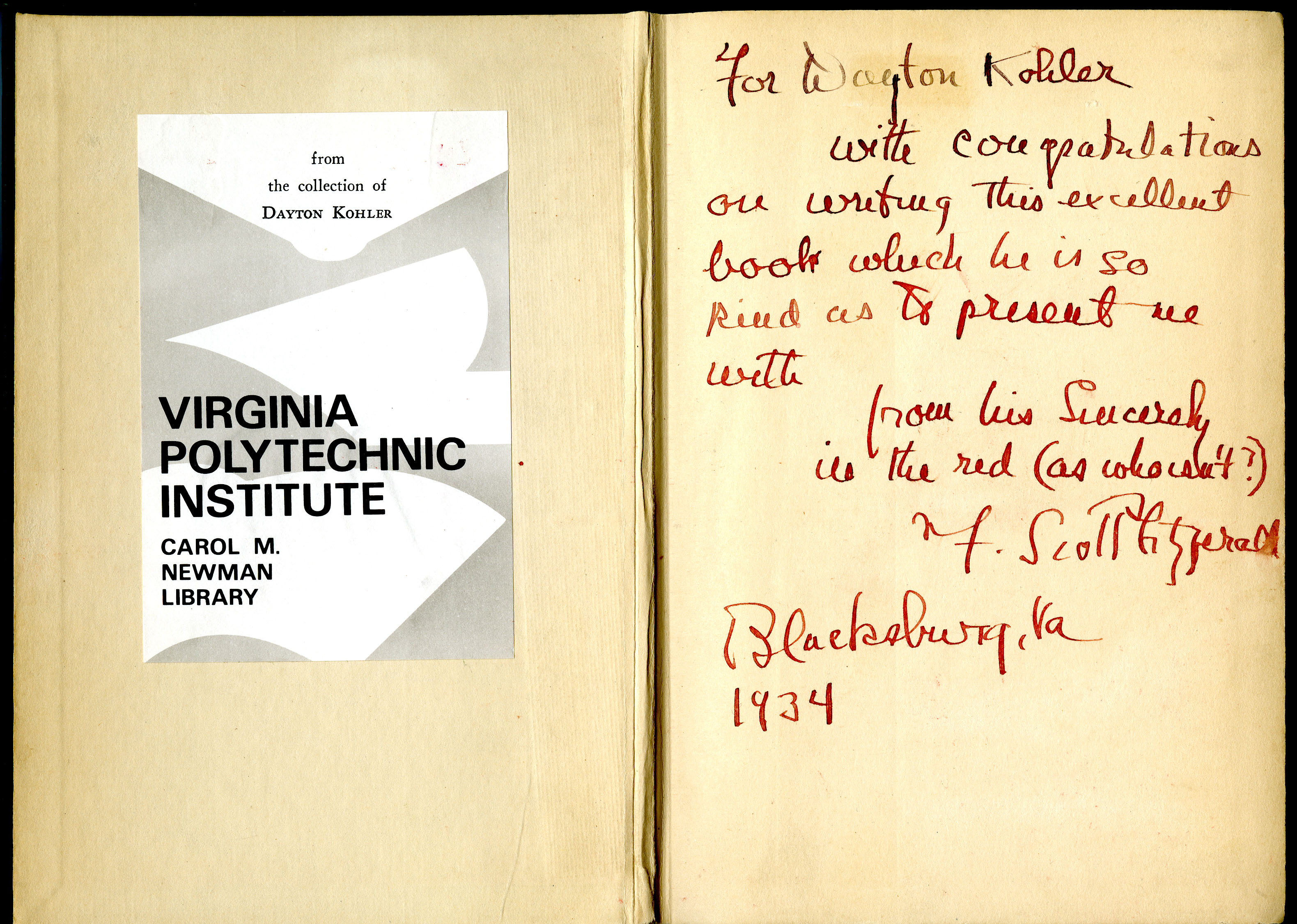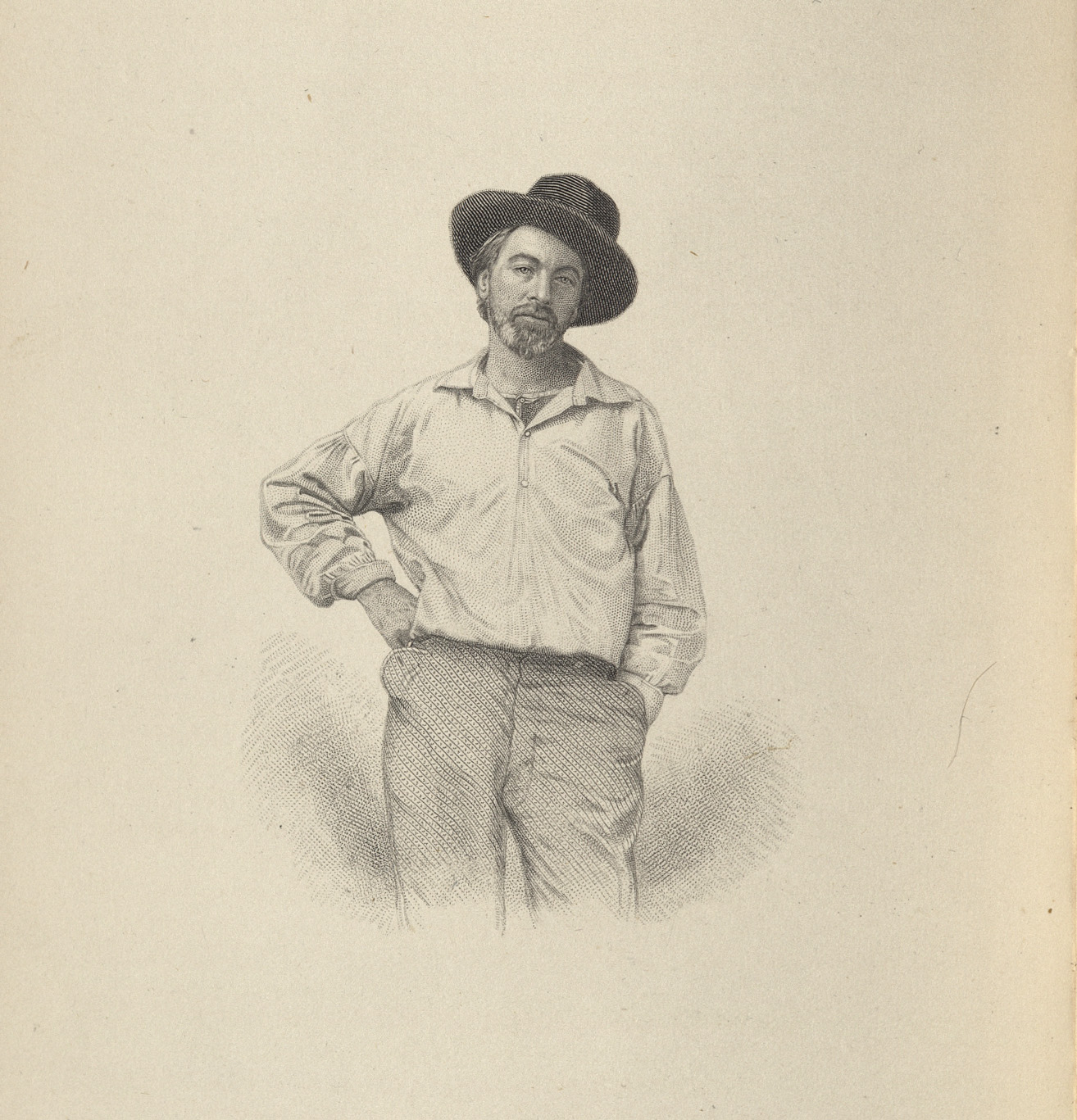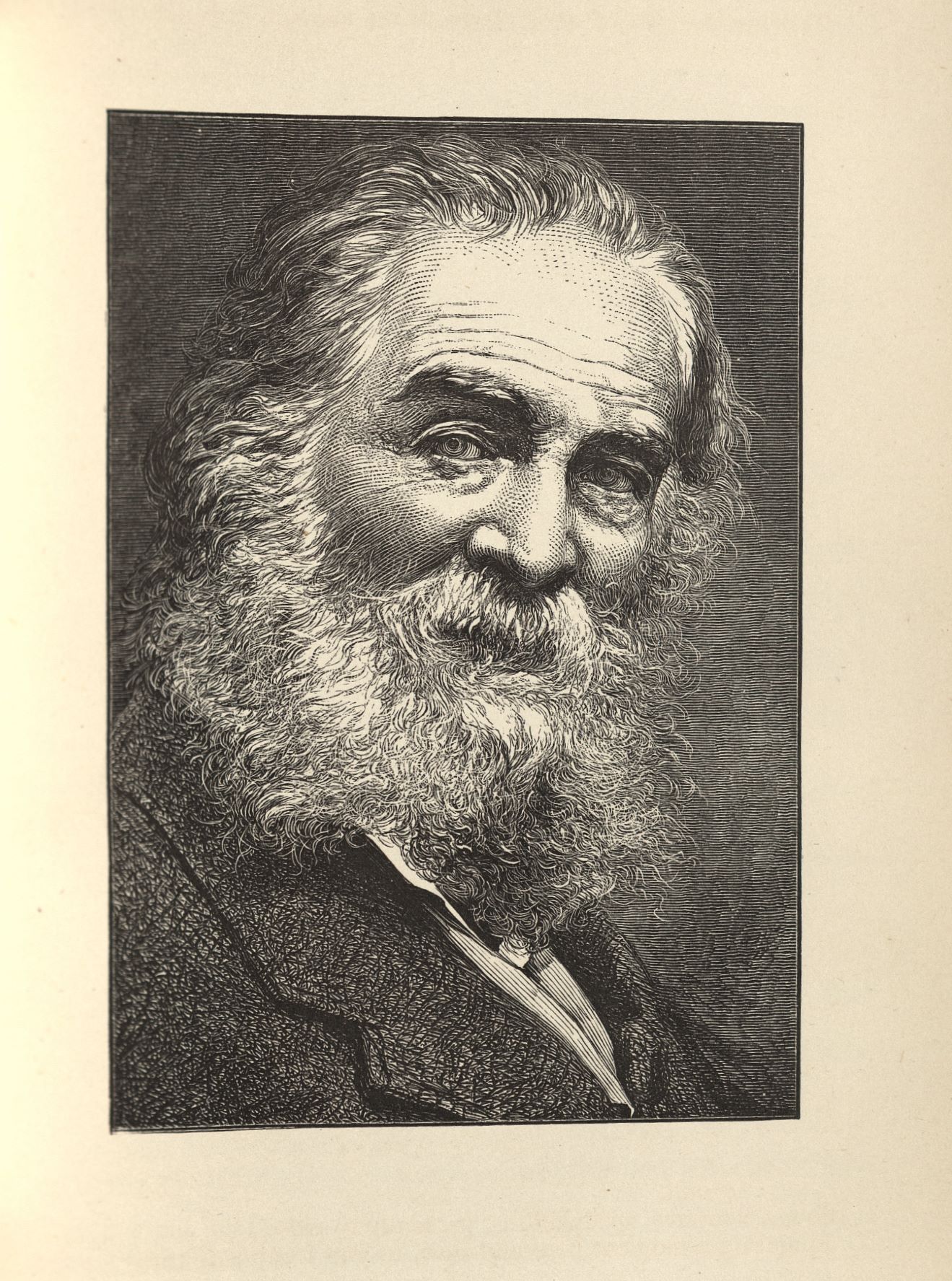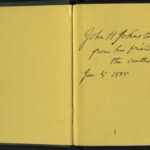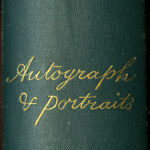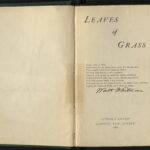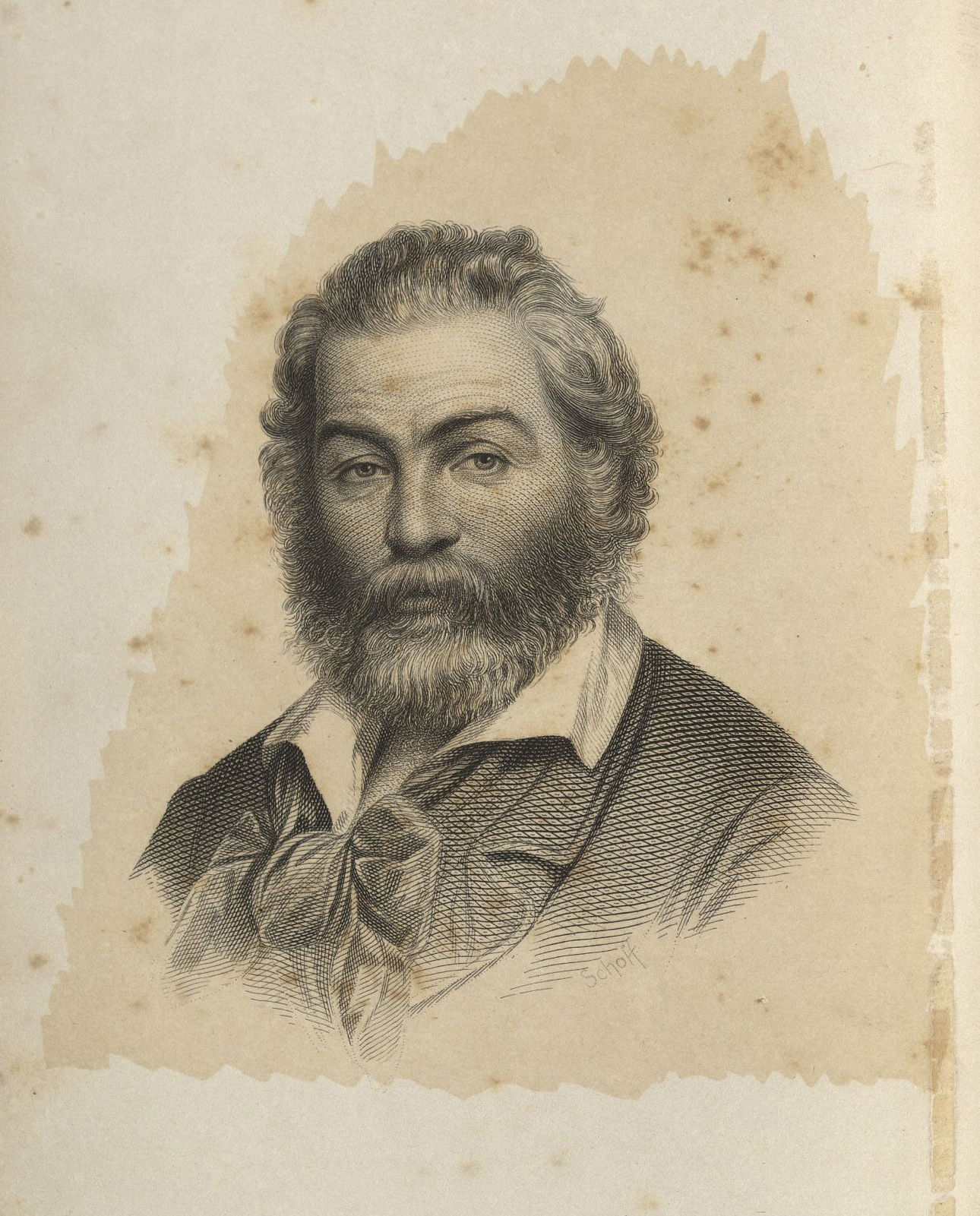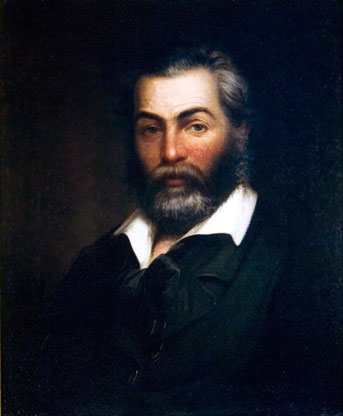Sherwood Anderson’s “The Cornfields” first appeared in print his first collection of poems,Mid-American Chants, in 1918. It’s the first poem in the book, too. So, a lot of “firsts” here. It would be dangerous for me (a two-time English major and avid poetry consumer) and a long read for you, if I were to launch into an interpretation of “The Cornfields.” Besides, one of the great joys of poetry is finding your own message alongside an author’s, tucked away inside their words. Editions ofMid-American Chantswere issued and reissued over many years (we have three in Special Collections), but one of the things that makes “The Cornfields” stand out is that in 1939, it was published on its own:
In this form, it is a four-page booklet, produced by the House of Russell publishers in New York. It consists of the pages above, plus a short author biography at the end. Our recently-acquired copy also includes another small folded sheet of papercalled “Trends of the Times: Poets Now Publishing in Brochure Form.” It’s basically an argument by the publisher for authors to publish individual poems, rather than entire volumes–ultimately because it’s a cheaper and more profitable format. It suggests that Anderson’s poem could have easily been a test case or advertisement for other authors. Anderson was a prolific and well-known author at the end of the 1930s, after all, and if he did it, perhaps others would follow suit. Our copy of the 1939, single version of the poem will be one of only 4 known copies in academic libraries, so we are quite pleased to add it to our holdings.
Of course, there’s a danger, too, in publishing a poem that was originally part of a collection on its own. The cover of the 1918 edition ofMid-American Chantsfeatures a simple image: an ear of corn next to the title and author. As a whole, a number of the poems rely on images and concepts relating tocorn and agriculture more broadly, and there are themes of conflict and struggle in throughout, especially the growing industrialization of America and the urban v. rural contrast of the time. “The Cornfields” is only a small piece of Anderson’s voice in the larger volume. We can certainly appreciate it on its own…but also as part of a larger narrative, too. You can readMid-American Chantsonline, if you’re curious to see more of Anderson’s poetry (he would published one more collection in 1927, A New Testament).
Before we part ways with Anderson, just a note about some other resources we have here.We’ve previously had a post on Sherwood Anderson and some of the “newer” manuscript materials (acquired in 2015) we had to share. At the time, the collection was being processed–now we can say it’s done (more on that in a moment)! Because of local ties to Anderson, we were also acquiring some other accessions relating to people in Anderson’s extended personal and professional circle during 2015 and 2016–A sort of of literary and artistic group of people in Southwest Virginia, if you will. I’m glad to say that, at long last, ALL of these collections are processed! I think we’ll need to work on some sort of visualization to clarify the relationships between people, but for now, here’s a list, complete with links to the finding aids and, where it isn’t obvious, an explanation of the connections in brackets:
- Sherwood Anderson Collection, 1912-1938 (Ms1973-002). Correspondence among author Sherwood Anderson and family members, most notably letters written by Anderson to his daughter Marian, as well as some of his professional correspondence. Also includes research material about Anderson.
- Sherwood Anderson Photograph and Postcard, 1929, 1939 (Ms2011-004).The collection consists of one postcard of Notre-Dame from Sherwood Anderson to Bert and Clara Dickenson and a photograph of Sherwood Anderson and Bert Dickenson in Florida with a line of fish in between the two men.
- Welford D. Taylor Collection on Sherwood Anderson, 1918-2006, n.d. (Ms2015-020).This collection contains several series of materials: correspondence to and from Sherwood Anderson, correspondence and research files about Sherwood Anderson, and a small group of photographs, audio, video, and graphic art materials. Materials generated by Anderson date from 1918-1940. Other materials date from about 1929-2006. [This was the collection mentioned in our previous post here.]
- Sherwood Anderson Correspondence with Llewellyn Jones, 1916-1924, n.d. (Ms2015-044). This collection consists of eight letters written by American author Sherwood Anderson to Llewellyn Jones between 1916 and 1924 with three undated (but likely from the same period). Jones was the literary editor for the Chicago Evening Post. The correspondence primarily discusses the reviews of Anderson’s works by Jones and other critics. This collection is also available online.
- Marvin H. Neel Papers, 1933-1988 (Ms2016-022).This collection includes biographical resources, ephemera, correspondence, and writings and woodcut prints by and related to Marvin H. Neel (1908-1978), created between 1933 and 1988. [Neel corresponded with Lankes and the two wereartistic collaborators.]
- Mary Sinton Leitch Correspondence with J. J. Lankes, 1932-1950 (Ms2017-001).The collection includes 27 letters (some with covers and envelopes) written by Mary Sinton Leitch to J. J. Lankes between 1932 and 1950. Introduced by a mutual friend, Leitch and Lankes maintained a more than 18-year correspondence that contained conversations of personal news & friends, the Virginia literary and art scene, and their own writing and artistic efforts (including Lankes collaborations with poet Robert Frost). [Lankes was a friend and artistic collaborator of Anderson.]
- James T. Farrell Letters to Eleanor Copenhaver Anderson, 1952 (Ms2017-005). This collection contains four letters written by American author James T. Farrell to Eleanor Copenhaver Anderson between February and May of 1952. [Eleanor Copenhaver Anderson was Sherwood Anderson’s third wife.]
Of course, the bulk of Sherwood Anderson’s papers are housed at the Newberry Library in Chicago, where Eleanor Copenhaver Anderson donated them in the 1950s. But if you’re in or near Blacksburg, we encourage you to stop by and make a connection. In addition to the manuscript collections, we have more than 260 books and publications by Andersonin Special Collections, too (plus one, when “The Cornfields” is cataloged)!
